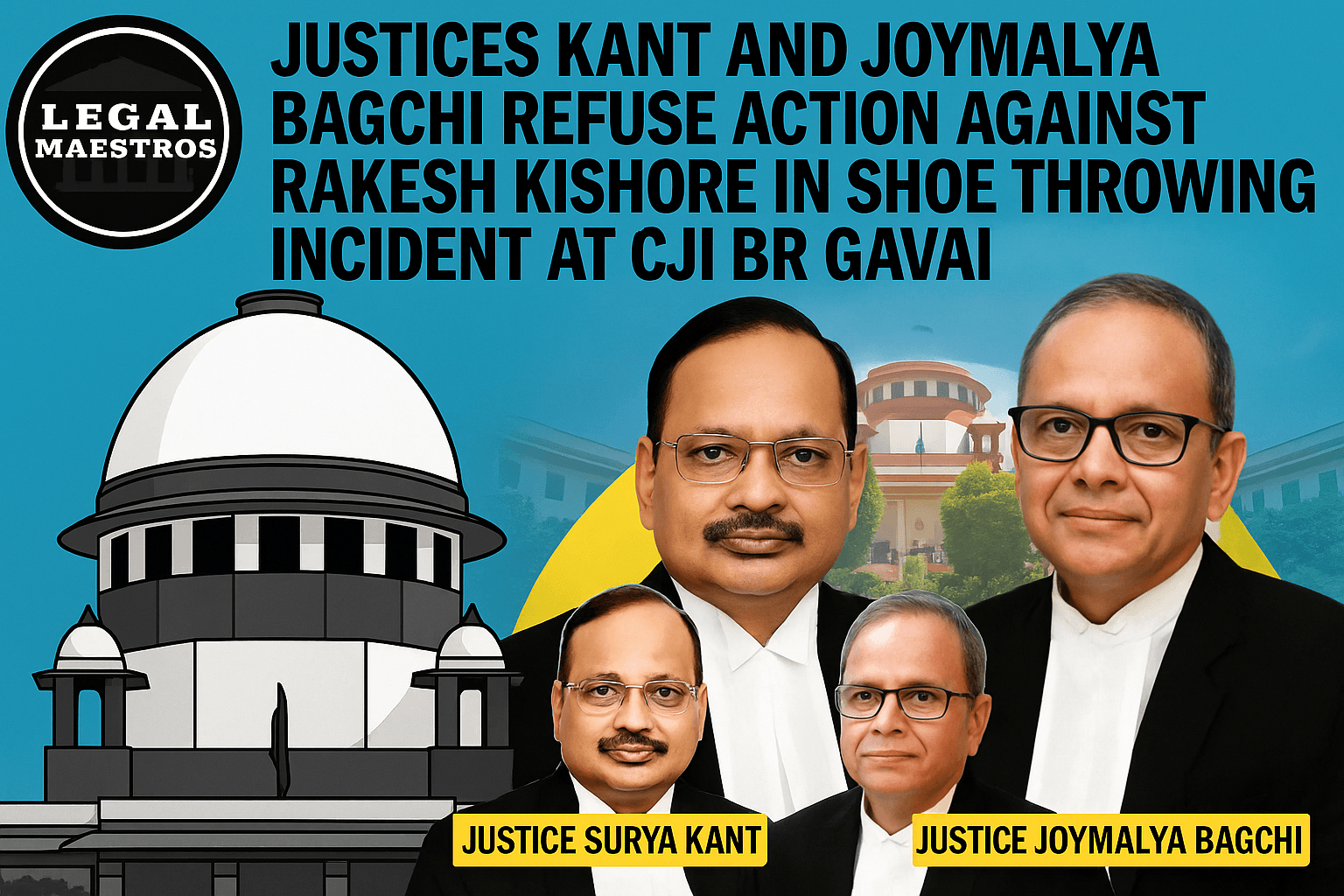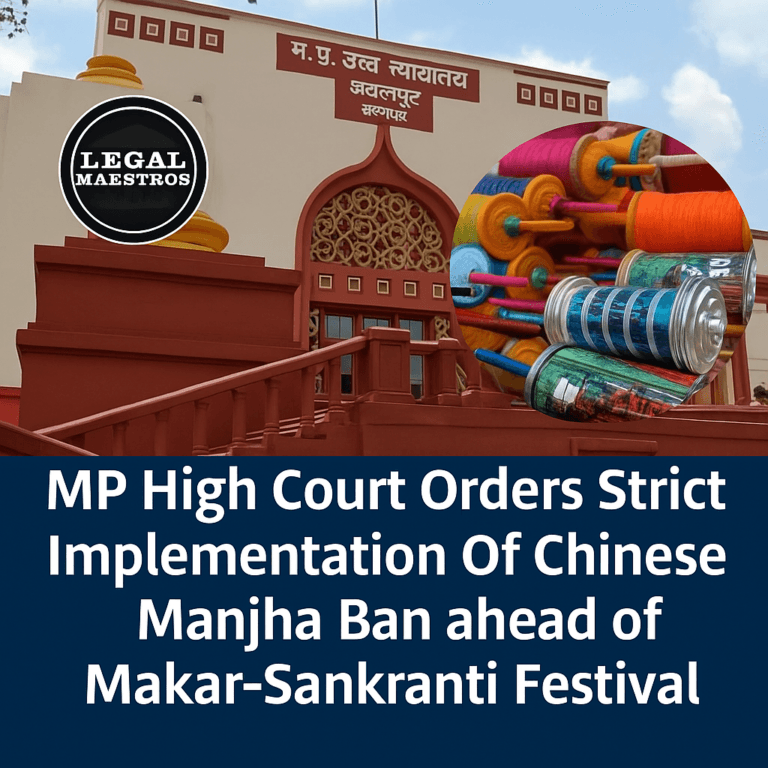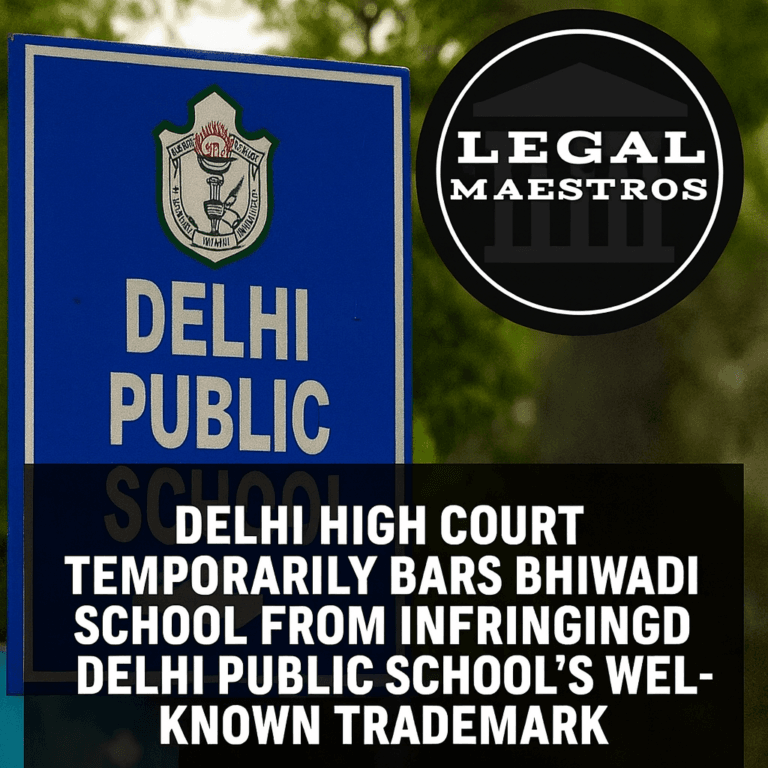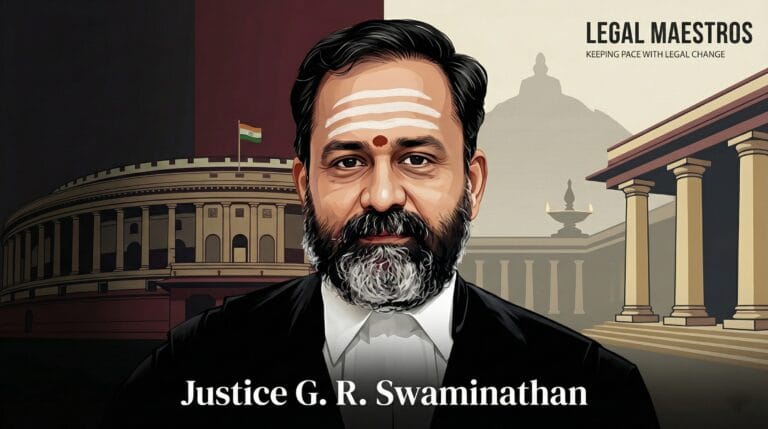
Justices Kant and Joymalya Bagchi refuses action against Rakesh Kishore in Shoe Throwing Incident at CJI BR Gavai
Shocking Act Disrupts Supreme Court Proceedings
The hallowed halls of the Supreme Court of India witnessed an unprecedented and shocking event when an advocate, identified as Rakesh Kishore, threw his shoe towards the bench presided over by the Chief Justice of India, B.R. Gavai. This act occurred during live court proceedings, causing immediate disruption and disbelief. Such an overt display of disrespect towards the highest judicial authority in the country is extremely rare and constitutes a serious affront to the dignity and authority of the court.
The incident instantly brought the ongoing legal arguments to a halt. Throwing footwear is considered a grave insult in Indian culture, and directing such an act towards the Chief Justice within the courtroom represents a direct attack on the judiciary itself. The security personnel present in the courtroom likely moved swiftly to apprehend Mr. Kishore, removing him from the premises to restore order and allow the court to assess the situation.
This act was not merely a breach of decorum; it struck at the very heart of the judicial process, which relies heavily on mutual respect, order, and the unquestioned authority of the bench. The motivations behind Mr. Kishore’s actions were not immediately clear, but the act itself spoke volumes, representing a profound breakdown in the conduct expected from a member of the legal profession appearing before the apex court.
For any queries or to publish an article or post or advertisement on our platform, do call at +91 6377460764 or email us at contact@legalmaestros.com.
The event sent ripples through the legal community and the nation, raising concerns about the security within courtrooms and the pressures faced by litigants and lawyers. It underscored the sanctity of judicial proceedings and the non-negotiable need to maintain an environment where justice can be administered without fear, intimidation, or such blatant displays of contempt.
Immediate Courtroom Response and Initial Bench’s Recusal
In the immediate aftermath of the shoe-throwing incident, the bench presided over by CJI Gavai, which reportedly included other justices, would have had to address the disruption. Standard procedure in such a direct and personal affront often involves the judges present recusing themselves from initiating contempt action directly against the individual involved. This is done to uphold the principles of natural justice and avoid any perception of bias, as the judges themselves were the target of the contemptuous act.
It is crucial to understand that this recusal does not mean a refusal to allow action to be taken. Rather, it is a procedural step ensuring fairness. The bench likely made a formal note of the incident on the judicial record, documenting what occurred, before deciding that the matter of contempt should be handled through the appropriate channels, typically involving the Attorney General, rather than by themselves acting as both victims and judges in their own cause.
The judges present, having witnessed the event firsthand, would have been acutely aware of the gravity of the situation. Their immediate focus, after ensuring the advocate was removed and order restored, would have been on maintaining judicial composure and ensuring the process for addressing the contempt was initiated correctly and impartially. Their decision to recuse from direct action demonstrates adherence to legal propriety even in the face of a direct attack.
Therefore, the initial bench did not dismiss the incident or refuse action in the broader sense. They simply stepped aside from personally adjudicating the contempt charge against Rakesh Kishore, paving the way for the constitutionally designated officer, the Attorney General, to take up the matter independently and pursue formal contempt proceedings before a different set of judges.
Attorney General Upholds Court Dignity: Contempt Action Initiated
Following the shoe-throwing incident and the likely recusal of the initial bench, the responsibility to uphold the dignity of the Supreme Court fell upon the Attorney General for India, R Venkataramani. As the highest law officer of the country and a key figure in safeguarding the administration of justice, the Attorney General has the authority, and often the duty, to initiate contempt of court proceedings, especially when the apex court itself is scandalized.
Reports indicate that the Attorney General swiftly took cognizance of the deplorable act committed by Rakesh Kishore. Recognizing the act as a serious case of criminal contempt – aimed at lowering the authority of the court and interfering with the administration of justice – the AG initiated the process for formal contempt proceedings against the advocate. This involves granting consent for a contempt petition to be filed or potentially initiating it suo motu (on his own motion).
The Attorney General’s action is a critical step in the legal process. By seeking contempt action, the AG underscores that such behavior cannot be tolerated and that the majesty of the law must be preserved. It sends a clear message to the public and the legal fraternity that acts undermining the judiciary will face legal consequences. The AG acts not merely as a prosecutor but as a guardian of the court’s dignity.
Granting consent or initiating the contempt petition allows the matter to be formally placed before the Supreme Court for adjudication. This ensures that the incident is addressed through a proper judicial process, where the alleged contemnor (Rakesh Kishore) will have the opportunity to respond to the charges before a bench of judges who were not directly involved in the initial incident.
Contempt Case Moves to Designated Bench
Once the Attorney General initiates the contempt proceedings against Rakesh Kishore, the matter is then formally listed before the Supreme Court. The Chief Justice, following established procedures, assigns the case to a specific bench of justices who were not part of the bench targeted during the shoe-throwing incident. This ensures impartiality and adherence to the principles of natural justice – no one should be a judge in their own cause.
This is the stage where a bench, possibly comprising Justices Vikram Nath and Prashant Kumar Mishra (based on initial reports, though this needs confirmation), would take up the contempt petition filed based on the Attorney General’s action. Their role is not to decide whether action should be taken – the AG has already initiated that – but rather to conduct the judicial hearing on the contempt charge itself. They will examine the evidence, hear the arguments from the Attorney General’s office or the petitioner, and provide the alleged contemnor, Rakesh Kishore, an opportunity to present his defense or explanation.
This bench will then adjudicate whether Rakesh Kishore’s act indeed constitutes criminal contempt of court under the Contempt of Courts Act, 1971. They will consider the nature of the act, the intent behind it (if ascertainable), and its impact on the authority and dignity of the court. The process involves issuing notice to the alleged contemnor, hearing arguments, and potentially receiving apologies or defenses.
It is important to reiterate that this designated bench is hearing the case for contempt, which is the opposite of refusing action. The legal system provides a structured way to handle such incidents, ensuring that while the court’s dignity is protected, the rights of the accused are also respected through a fair hearing before an impartial bench.
Upholding Judicial Dignity and Authority
The incident involving Rakesh Kishore throwing a shoe at the Chief Justice is viewed with extreme seriousness because it represents a direct physical assault on the symbol of judicial authority. Contempt of court laws exist precisely to protect the judicial process from such interference and to maintain public confidence in the institution’s ability to dispense justice impartially and without fear. An attack on a judge, especially within the courtroom, is considered an attack on the justice system itself.
Criminal contempt, particularly “scandalizing the court” or interfering with the administration of justice, is punishable under the Contempt of Courts Act, 1971, potentially with imprisonment up to six months, a fine, or both. The Supreme Court holds inherent power under the Constitution (Article 129) to punish for its contempt. The purpose is not to protect the personal ego of individual judges but to safeguard the authority and dignity of the institution.
Allowing such acts to go unpunished could embolden others and create an environment where judges feel intimidated, thereby undermining the rule of law. The proceedings initiated by the Attorney General and heard by the designated bench serve to reinforce the message that while criticism of judgments is permissible, acts that physically threaten or grossly disrespect the court in session cross a fundamental line.
The outcome of the contempt case against Rakesh Kishore will depend on the findings of the bench hearing the matter. Potential considerations might include any apology offered, the advocate’s state of mind, and the overall circumstances. However, given the severity of throwing an object at the Chief Justice during proceedings, the court is expected to take a firm stance to uphold the sanctity and decorum essential for the administration of justice.








